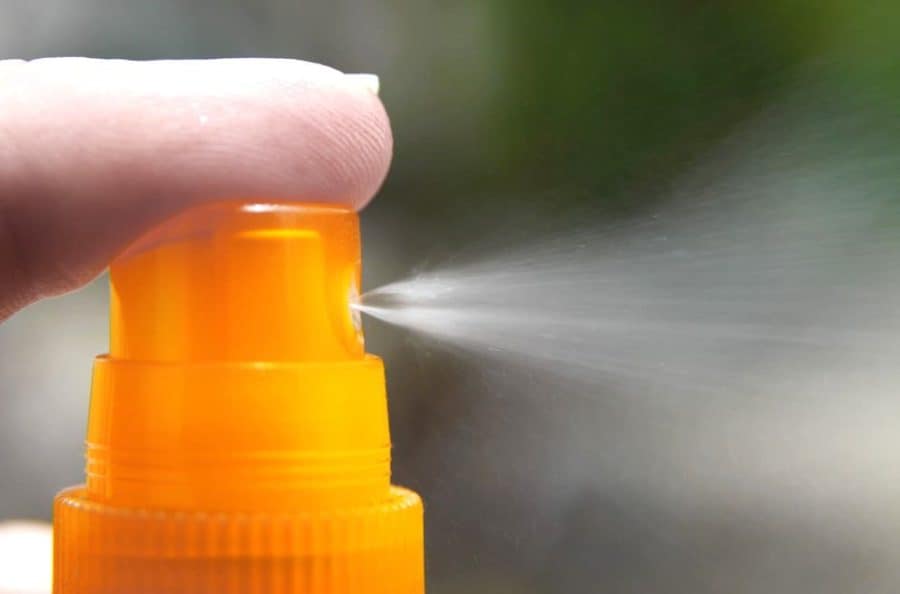People can continue using mineral-based aerosol sunscreens without fear of exposure to dangerous levels of nanoparticles or other respirable particulates, according to Penn State research published in the journal Aerosol Science and Engineering.
The findings, reported by a research team led by Jeremy Gernand, associate professor of industrial health and safety, are a result of experiments conducted using three aerosol sunscreens commonly found on store shelves.
Gernand’s team simulated the application process for someone using the recommended amount of sunscreen and analyzed the released aerosols. They chose mineral-based sunscreens with silicon dioxide, zinc oxide or titanium dioxide as the active ingredient over chemical-based sunscreens because those are more commonly recommended for children and the ingredients are deemed safe by the U.S. Food and Drug Administration.
“We simulated what we considered to be a worst-case scenario for someone being exposed to aerosolized nanoparticles while applying sunscreen, and that scenario is a person applying it to their arms because the spray is so close to their face,” Gernand said. “And then we pulled air samples from that location.”
The goal of the research was to determine the size and concentration of aerosol particles at the location of a realistic breathing zone for the user, and to determine if those factors posed potential health risks.
The team did find trace nanoparticles of the active ingredients but the amounts were hundreds of times less than the National Institute of Occupational Safety and Health recommended exposure limit. Gernand said previous studies that pointed to dangerous exposure to nanoparticles missed the mark because they relied on an analysis of the contents, rather than field tests. The FDA completed a study on the safety of sunscreens in 2019.
Although only three products were studied, Gernand said it’s unlikely other products would produce vastly different amounts of nanoparticles. Researchers found all three products to be similar in aerosolized particles produced.
“For a massive increase in particle exposure, the canister design would have to be dramatically different and most likely so would the amount of and size of the active ingredients inside,” Gernand said. “Based on these results, I would be surprised to find variations in brands or formulations that amounted to hundreds of times more exposure. It’s just too far away from what we observed.”
Former undergraduate and graduate students Kexin Lai, Shu-Wei Looi, Mengfan Li, Firdevs Ilçi and Hanah Naushad in the e College of Earth and Mineral Sciences, contribute to this research.


